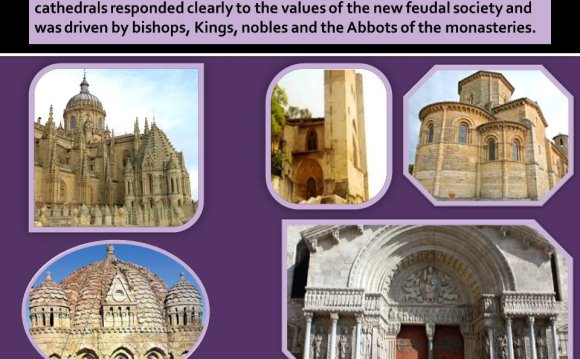
|
The Cathedral of Compostela A short time before, in the eleventh century, the cathedral of Compostela was enlarged as the result of a threefold collaboration. Bishop Diego Pelaez who occupied the see from 1070 to 1088 decided to rebuild the basilica commissioned by Alfonso the Great in the late ninth century, devasted by the raider Almanzor and restored by Alfonso V. The general direction of the work was entrusted to qualified representatives of the cathedral chapter, one of whom, Bernard, known as the Old, was responsible for the plan. According to the 'Pilgrims' Guide' which has left us a valuable description of the great cathedral, he was assisted by a deputy named Robert and about fifty stone-cutters. The guide describes him as a stonemason; it also calls him 'domnus, ' which leads to the belief that he may have been a clerk, many of whom, in the opinion of archeologists, were of French origin. Certainly the name Bernard is not a familiar one in the Spanish language. Others identify him with the Bernard who was treasurer of the chapter and was responsible for the monumental fountain which greeted pilgrims from France on the square to the north of the basilica. However this may be, he was possessed of a lively, eclectic talent and worked on the churches of St Martial at Limoges, Sainte-Foy at Conques and St Sernin at Toulouse. Master Stephen also worked on the site at Santiago with such excellent results that, in 1101, he was requested to provide plans for the cathedral at Pampeluna. Similar organization was favoured for the building of the fine Cluniac priory at Montierneuf at Poiters. Under the command of Prior Guy, who was the nephew of St Hugh and may well have modelled himself on his uncle as patron and builder, the work was directed by a monk named Ponce, assisted by Mainard, a master-mason or stone-cutter. This building was not begun until 1077, but the church was either finished or very near completion on its consecration less than twenty years later in 1096. An Architecture to Defend Against War and Calamity Romanesque buildings may be on a grand or intimate scale, of expert or crude construction, fashioned either of well joined blocks or of common pebbles sunk in mortar, They range from lordly abbeys or Norman castles silhouetted against the sky, to simple rustic sanctuaries conceived as separate entities. In all these cases, Romanesque architecture avoided the monotonous standardization of imperial Roman architecture, from which it claimed descent and which had spread across the world. The precarious background to existence, including war, famine and epidemics, and the ascendency of the feudal lords were enough to explain the almost complete absence... |
RELATED VIDEO
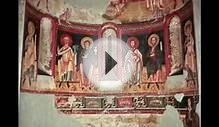
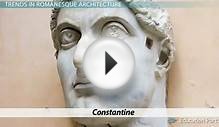


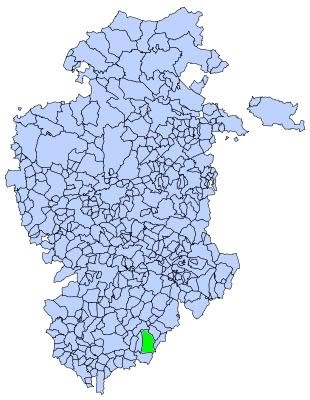 Coruña del Conde is a village and municipality in the southern province of Burgos, Castile and León Spain. The Arandilla River runs through it.
Coruña del Conde is a village and municipality in the southern province of Burgos, Castile and León Spain. The Arandilla River runs through it.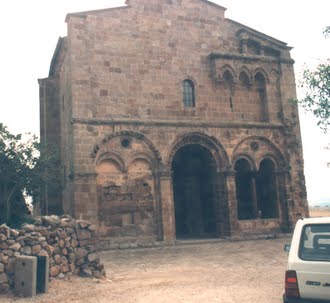 The Basilica di Sant'Antioco of Bisarcio is a countryside church near Chilivani, a frazione of Ozieri, Sardinia, Italy. Located on an isolated volcanic hill, it is one of the largest Romanesque churches in Sardinia.
The Basilica di Sant'Antioco of Bisarcio is a countryside church near Chilivani, a frazione of Ozieri, Sardinia, Italy. Located on an isolated volcanic hill, it is one of the largest Romanesque churches in Sardinia.







